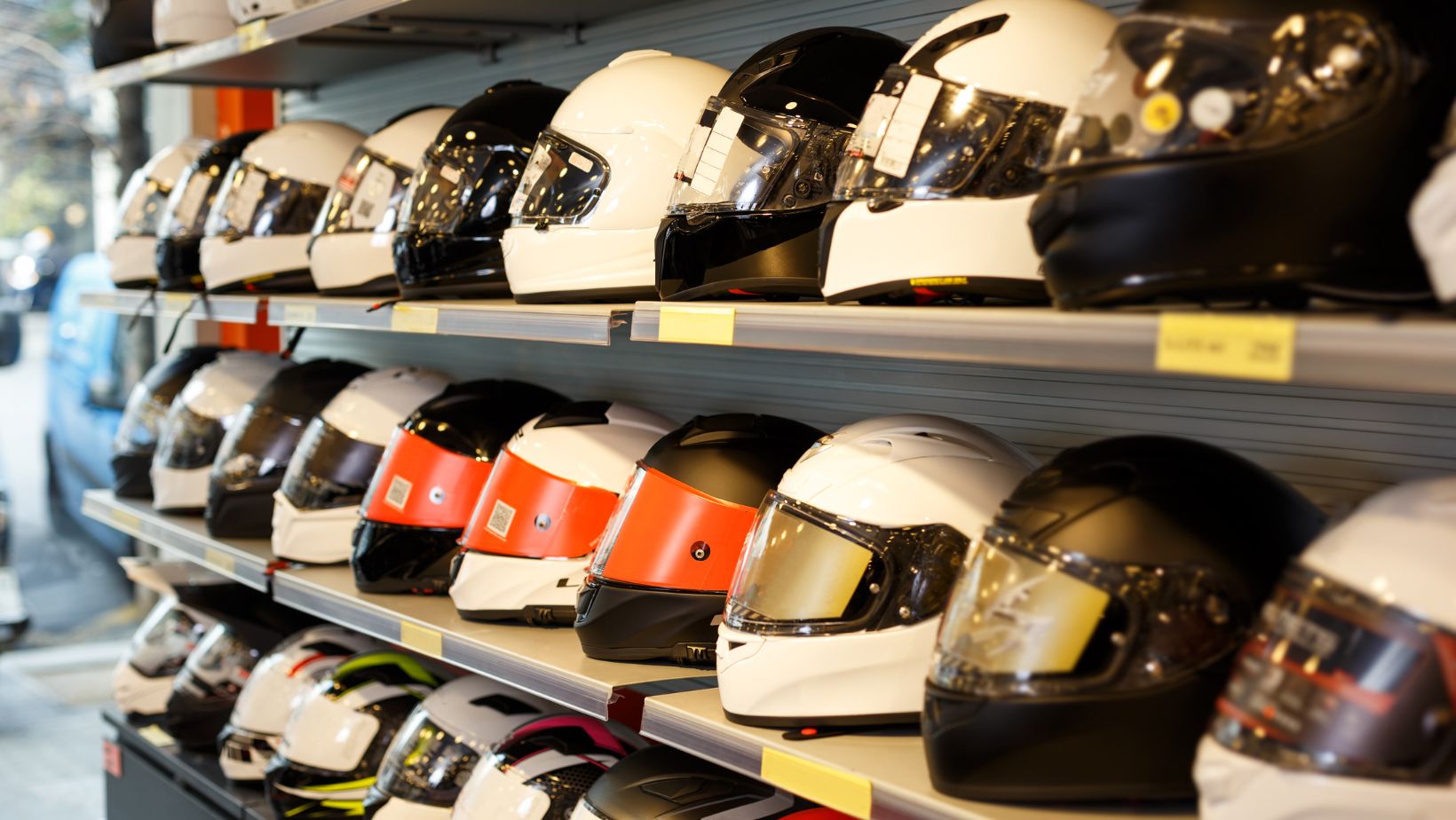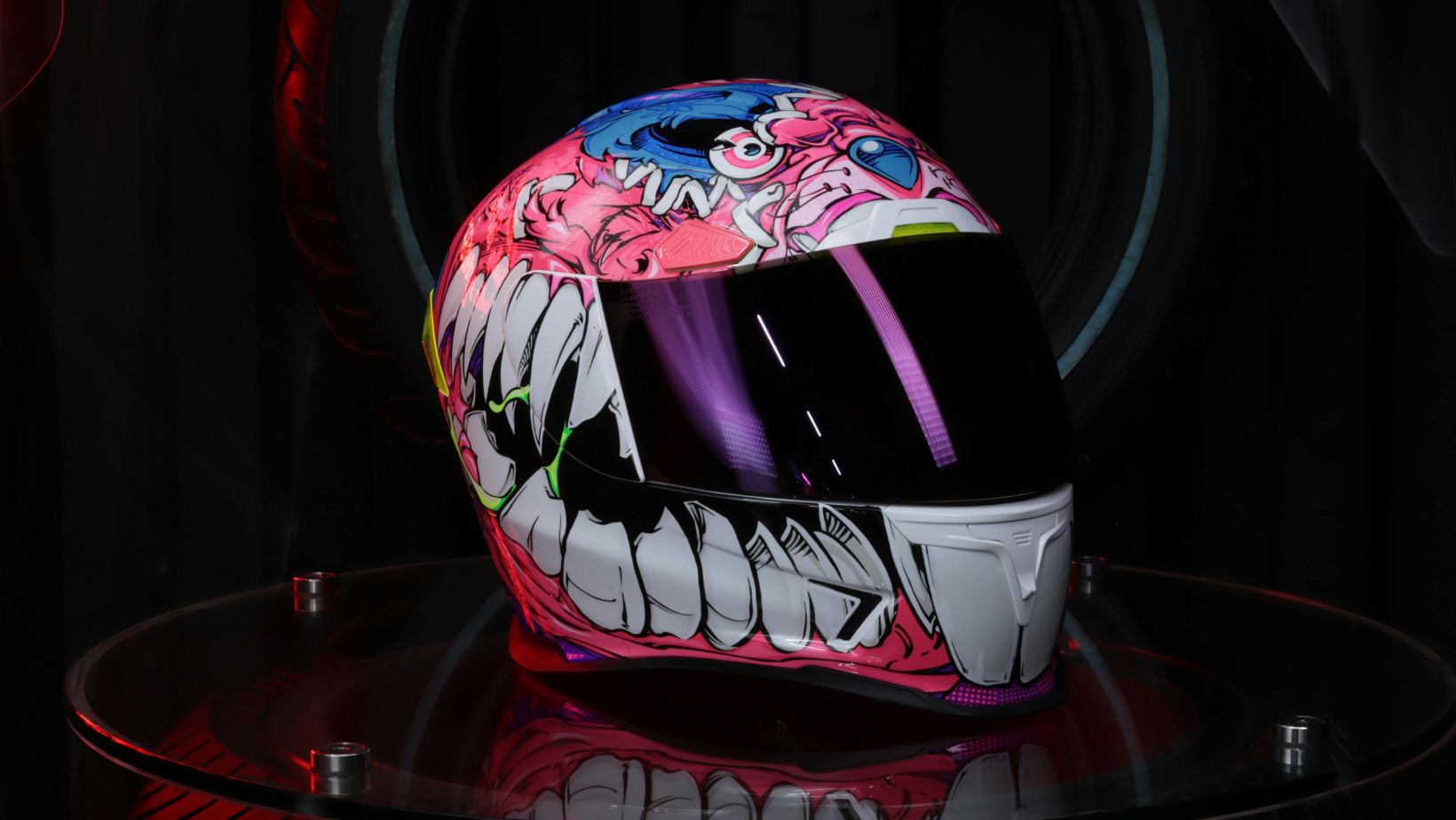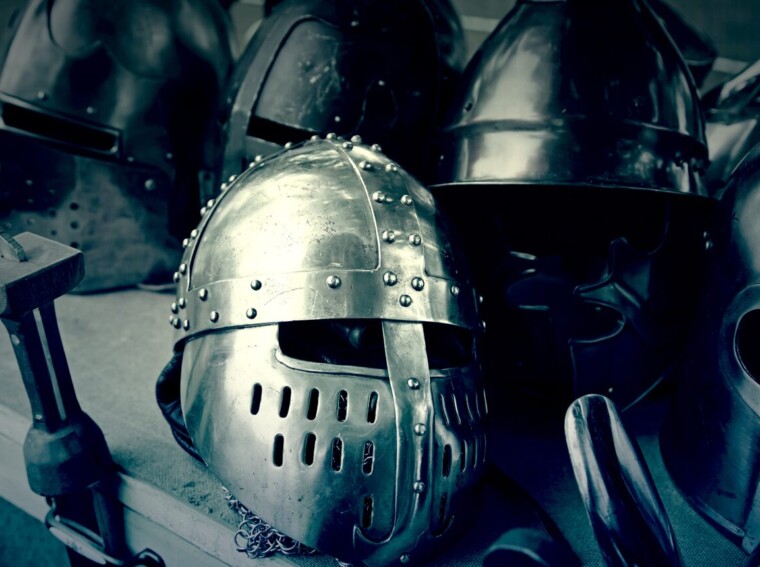Since ancient times, helmets have been a crucial component of military gear, offering soldiers and warriors crucial protection on the battlefield. The shape and functioning of helmets have changed dramatically from the Roman Empire’s early days to the most cutting-edge Buhurt helmets of today.
The purpose of this article is to make it easier for you to choose the safest helmet by examining the various components of helmet manufacture and reflecting the design of buhurt helmets.
A Knight’s Crown: Introduction to Buhurt Helmets
Battle ready helmets, often known as combat helmets for reenactment, are specialist headgear made to mimic historical styles while adding contemporary safety measures. These helmets are designed to endure the demands of simulated combat, providing both protection and authenticity, in contrast to ornamental helmet copies.
Combat buhurt helmets share the following key characteristics with each other:
- Historical realism in appearance and design
- Resilience to endure blows during dynamic sparring
- Comfort for prolonged use during events adherence to safety regulations
Finding a balance between historical accuracy and contemporary safety regulations is one of the biggest obstacles in designing helmets that are fit for flight. In the reenactment community, authenticity is highly prized, but user safety cannot be sacrificed for authenticity.
Historical designs frequently need to be subtly altered to achieve this equilibrium. For example, in order to give better protection, contemporary copies frequently use steel that is thicker than historical components. In the same vein, suspension and interior padding systems are typically more sophisticated than those found in earlier models.

Some manufacturers have two product lines: updated models that are completely prepared for combat, and simply historical replicas for display or light reenactment. This method enables fans to make decisions according to their individual requirements and the degree of combat they plan to participate in.
Forged for Battle: The Craft and Strength of Buhurt Helmets
It goes without saying that contemporary helmets for reenactment and martial arts contests must adhere to both contemporary safety regulations and historical realism. The primary prerequisites to take into account are:
- Strength of Material: Constructed from 14–16 gauge steel, it provides protection without adding weight.
- Impact Resistance: Capable of withstanding hits from Buhurt weaponry.
- Ventilation: Enough airflow to avoid overheating when wearing something for a long time.
- Adjustability: Chin straps and liners can be adjusted for a snug, comfortable fit.
High-strength synthetic materials like carbon fiber, Kevlar, and sophisticated polymers are used to make modern helmets. Compared to the iron and bronze used in medieval helmets, these materials provide better protection against shrapnel and ballistic threats. Because these materials are lightweight, troops can wear their helmets for longer periods of time without experiencing any discomfort, something that was not feasible with the heavier gladiator or Roman helmets of the past.
Other steel kinds utilized in the manufacture of buhurt helmets include the following:
Mild steel: The most widely utilized metal in a variety of armor-making processes is iron. It is a less expensive metal that rusts readily. Since this metal is readily available and reasonably priced practically everywhere, it is relatively inexpensive to make armor out of it.
This type of metal is softer and cannot be made harder by heat treatment. It is advised to choose a thick metal sheet that is at least 3 mm thick for the helmet if you wish to utilize this metal for Buhurt.
Stainless steel: This material comes in different grades and has the ability to resist rust. Compared to mild steel, cutting thick stainless steel sheets is particularly challenging. To be honest, working with this steel is not a simple process. Stainless steel is around 200 times more corrosion-resistant than mild steel, but it is also a more costly material.

Tempered steel: It is an alloy steel that is created by combining several metals and chemical substances. When annealed, this kind of metal is extremely similar to mild steel and is used to make helmets. A high hardness might cause the metal to shatter like glass, so tempering steel requires precision to reach the right hardness. The metal will be weaker and more susceptible to dents when struck by weapons when the hardness decreases.
Suiting Up: Choosing the Perfect Buhurt Helmet for You
For optimal protection, a mix of various armor parts is frequently appropriate. There were several designs of medieval helmets, each with a distinct function. In addition to protecting their wearers, these helmets showcase the craftsmanship and demands of their era.
In contrast to other helmets, this one has chainmail that reaches the top of the helmet, protecting your eyes from unanticipated assaults. A strong mechanism protects your face beneath the chainmail. It keeps you in complete control by absorbing hits.
This kettle hat helmet is secure and long-lasting since it is made of hardened spring steel. It is made to endure the most severe battles and shields your skull from concussions, weighing 19.6 lbs.
The Bascinet wolf ribs helmet is made of 30HGSA hardened steel and has seven hardened steel neck protection plates in addition to a visor-padded aventail for neck protection. A fabric aventail and two pairs of chin straps are also included. The helmet features a matte surface for a realistic appearance, and the dome is 3 mm thick at the top and 2 mm thick at the bottom.
The inventiveness of medieval armorers is demonstrated by these helmet designs. A warrior’s choice will guarantee that he or she is completely prepared for both protection and usefulness in intense sparring.

